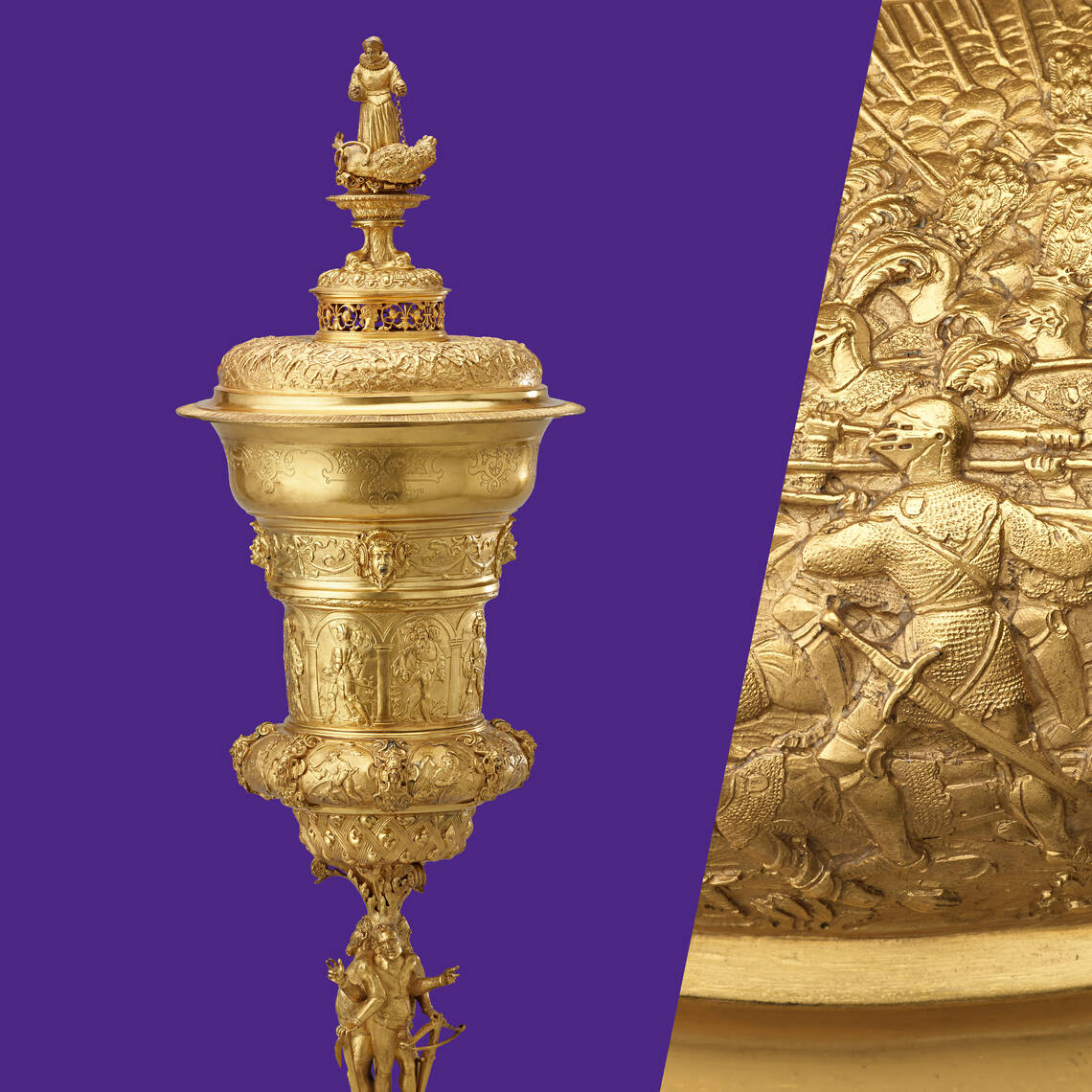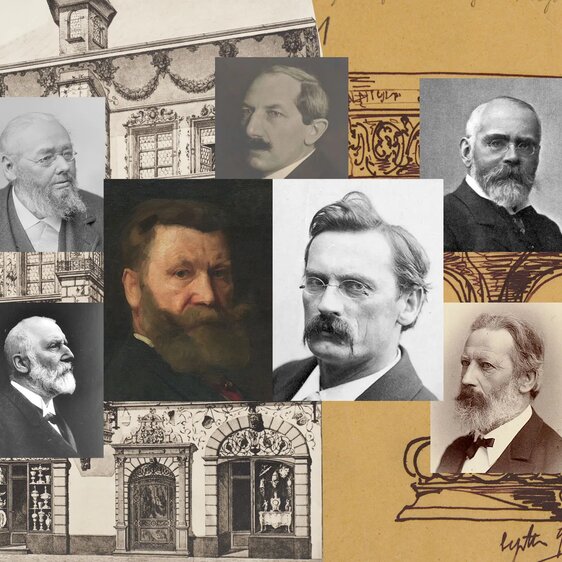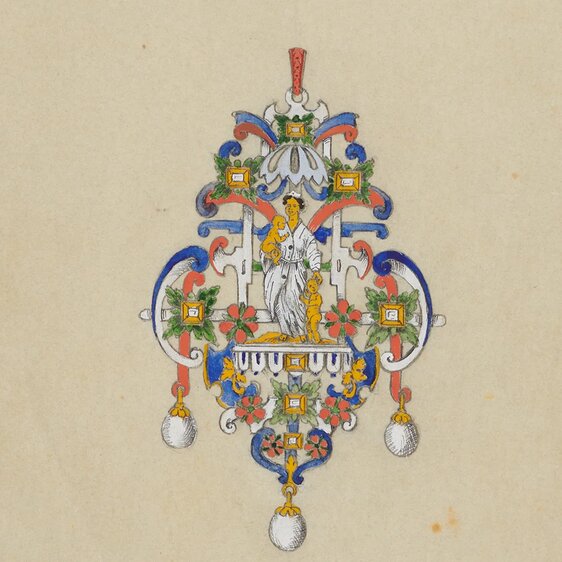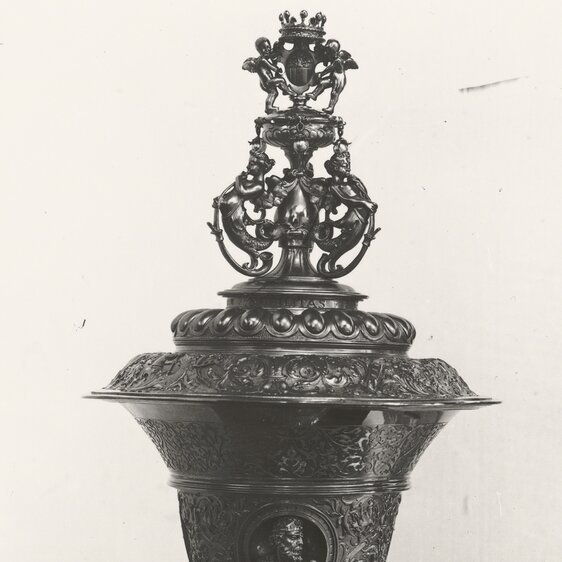National Museum Zurich
| 19.7.2024 - 6.4.2025
Atelier Bossard was one of Switzerland’s most renowned goldsmith’s workshops in the 19th century. Splendid trophies, silverware and jewellery were produced for buyers from all over the world under the leadership of company founder Johann Karl Bossard. The exhibition in the National Museum Zurich revives the former brilliance of the Lucerne family company.
Johann Karl Bossard (1846-1914) learned his trade as a goldsmith in his father’s workshop at Hirschenplatz in Lucerne. After spending some years completing his apprenticeship and travelling, which brought him to the US, he took over his father’s workshop and made it into an international name of outstanding repute.
Lucerne and Lake Lucerne have always been a tourist magnet. It is therefore no surprise that Bossard’s clientele included self-made industrialists as well as old European nobility. A visit to Bossard’s and the purchase of a prestige item were once de rigueur. Churches, guilds and associations also placed regular orders there.
Craftsmanship experienced a renaissance in the 19th century as people pushed back against industrial mass production. Atelier Bossard’s up to 20 specialised staff not only developed their own designs, they also crafted exact copies of historical objects from the Gothic, Renaissance and Baroque periods. Their range was replete with glittering pieces: trophies and centrepieces, jewellery, silver cutlery and splendid Swiss daggers.
One of the workshop’s most unusual creations was a monumental showpiece lit from within made for John Wanamaker (1838-1922), founder and innovative manager of large-scale warehouses in Philadelphia and New York. It displays the five towers from Lucerne’s fortifications and the town hall tower in the form of a castle.
Johann Karl Bossard added antique trading as a second pillar to his business in the 1880s. He set up premises in Lucerne’s old town with rooms decorated in different period styles. Bossard also recreated these “historic” interiors for his clients.
The contents of the goldsmith’s workshop, the thousands of designs, models, prints and historical photos were added to the collection at the Swiss National Museum in 2013 and documented in an extensive publication. A selection of this work is now being exhibited for the first time in the National Museum Zurich’s Hall of Fame from 19 July 2024 to 6 April 2025.






